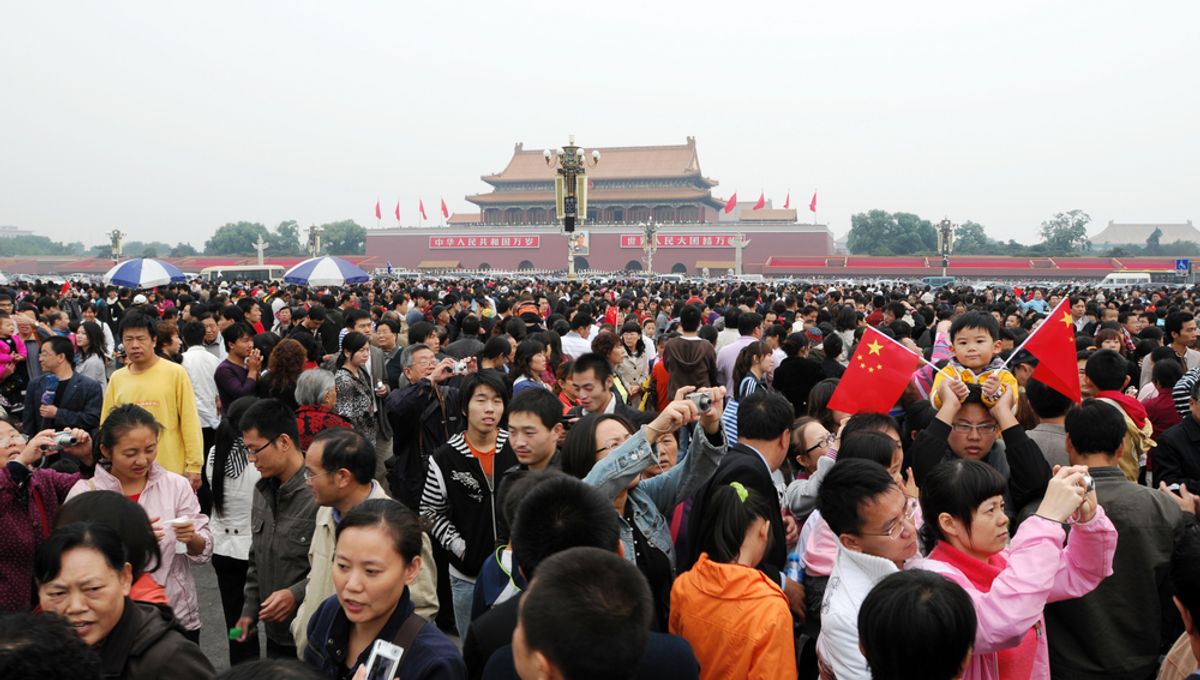
The population of China has dropped for the first time since the 1960s, with the country’s birth rate slipping to a record low of -6.77 births per 1,000 people.
China’s National Bureau of Statistics announced on Tuesday that the population stood at 1.4118 billion at the end of 2022, a decrease of 850,000 from 2021. This trend, they say, is mainly driven by a drop in the birth rate which has resulted in more people dying than being born.
The number of newborns in China fell, with 9.56 million children being born in 2022, a decrease of 1.06 million from 2021. Simultaneously, the population is aging, with the number of people aged 60 or over increasing by 12.68 million in 2022.
“The slight decline in China’s total population in 2022 is mainly due to the decrease in the number of births. One reason is that the number of women of childbearing age continues to decrease. In 2022, the number of women of childbearing age aged 15-49 in China decreased by more than 4 million compared with 2021, of which women of childbearing age aged 21-35 decreased by nearly 5 million,” explained China’s National Bureau of Statistics
“The second is because the birth rate continues to decline. Affected by various factors such as changes in fertility concepts and delays in marriage and childbearing, the fertility level of women of childbearing age continued to decline in 2022,” it added.
None of this is will come as a surprise to China. By looking at the statistics from 2021, it became clear that China’s population was soon going to shrink for the first time in decades. Based on this trend, a report by the United Nations indicated that India will take the crown of the world’s most populated country away from China by 2023.
In 2021, China unveiled a policy to allow and actively encourage couples to have up to three children in a pushback against their sharp decline in birth rates. This marked a radical shift from the People’s Republic of China’s infamous “one-child policy” introduced in the late 1970s and ’80s in a push to control the country’s booming population. This controversial policy ended in 2015, allowing couples to have two children after it was realized the policy was causing population numbers to slip too severely.
A similar population plunge is expected to take place in many other parts of the planet. In 2020, a massive study projected that the global population will decline within the next century, for the first time since the Black Death in the 14th century. The global population was forecasted to grow over the next few decades and peak in 2064 at around 9.7 billion people, before falling to 8.8 billion by 2100.
According to this study, up to 23 countries could see their populations shrink by more than 50 percent in this century, including Japan, Thailand, Italy, Spain, Portugal, and South Korea. The only parts of the world that are forecasted to see a rise in population numbers are North Africa, the Middle East, and – most prominently – Sub-Saharan Africa.
Source Link: China's Population Has Officially Dropped For First Time In Decades